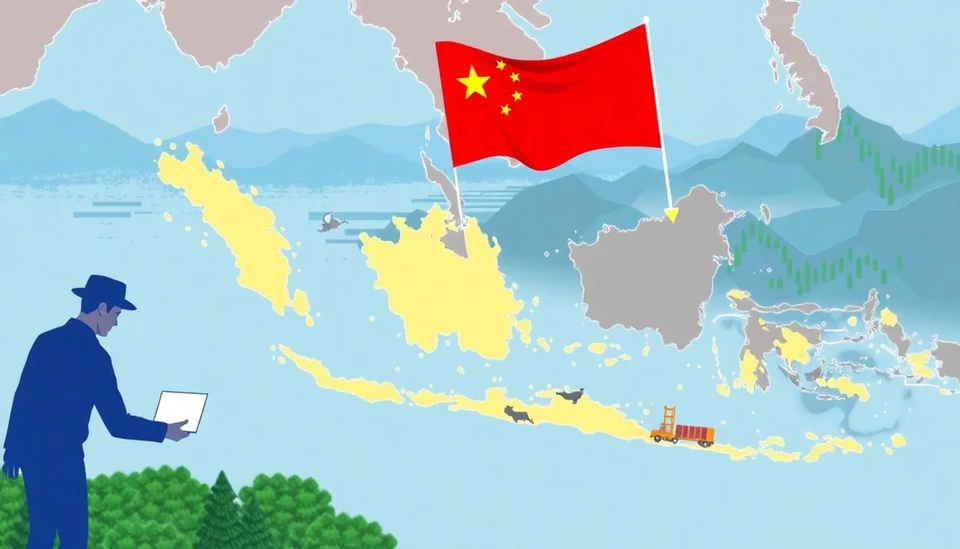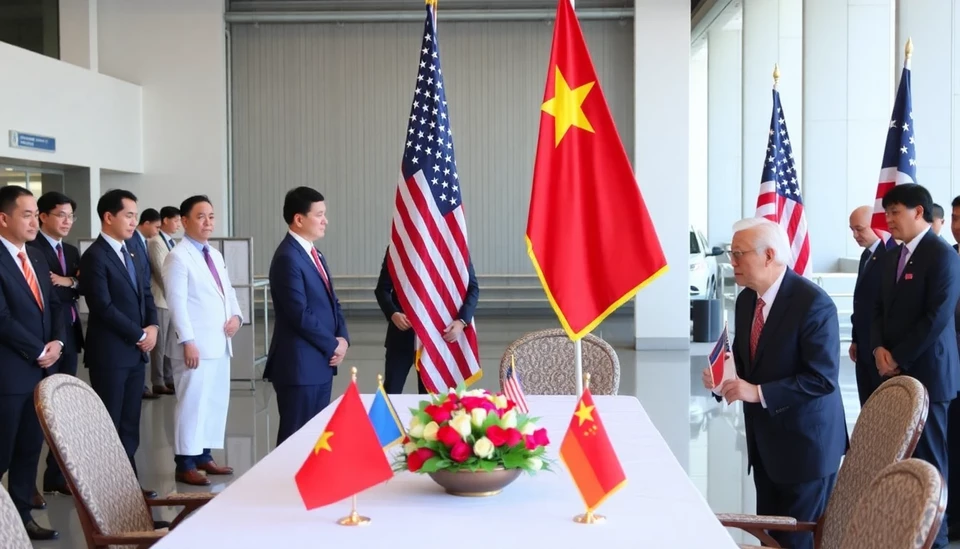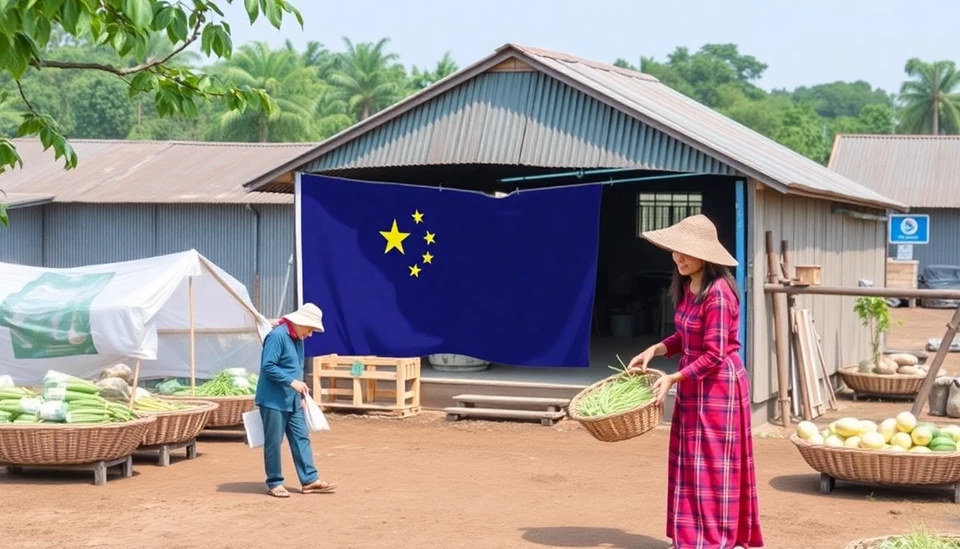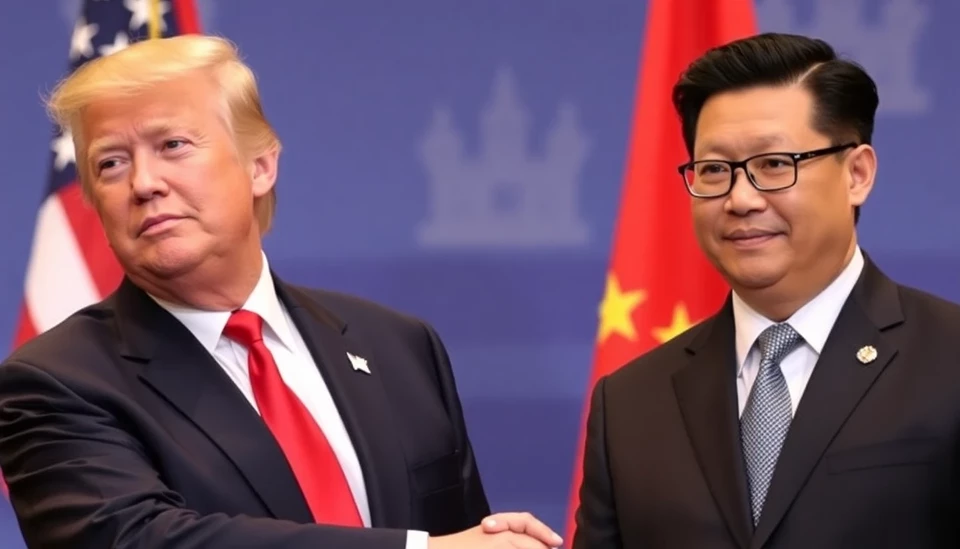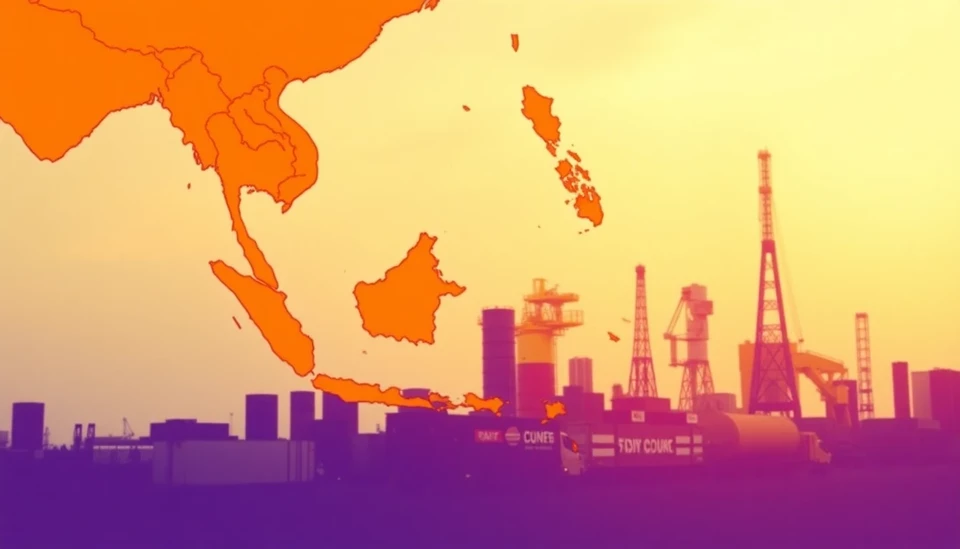
In a bid to mitigate the impending economic repercussions associated with potential tariff increases from the United States, various Southeast Asian nations are proactively courting the Trump administration. With the region's economies vulnerable to the shifts in trade policy, local governments are ramping up efforts to create conditions that could appeal to American interests.
As the specter of heightened tariffs looms, nations such as Vietnam, Thailand, and Indonesia are exploring various incentives designed to entice American investors. The general strategy hinges on positioning themselves as favorable alternatives to China for manufacturing and investment opportunities. With China being a focal point of U.S. tariff discussions, Southeast Asia stands poised to capitalize on the situation.
Officials from these nations have reportedly been engaging in direct dialogue with U.S. trade representatives. They aim not only to foster stronger trade relations but also to highlight their readiness to accommodate American businesses. This includes pledging to improve aspects such as labor standards, environmental regulations, and enforcement of intellectual property rights—key concerns for U.S. investors.
Moreover, trade ministers across Southeast Asia have been meeting to sync their policies, intending to create a collective front that underscores the region’s commitment to maintaining open markets. The hope is that by presenting a united voice, they can sway U.S. policymakers and reinforce the narrative that Southeast Asia can be a more stable and lucrative destination for investment compared to other regions.
The stakes are high for these nations, given that the U.S. has a significant economic footprint in Southeast Asia. Not only is the region's export sector at risk, but domestic industries that rely heavily on U.S. partnerships face possible disruption, prompting haste in diplomatic overtures. In line with this, Vietnam has been particularly aggressive in courting U.S. companies, touting its favorable demographics and robust manufacturing capabilities as differentiators.
In addition to financial incentives, Southeast Asian governments are also attempting to showcase their political stability and regulatory frameworks designed to attract foreign capital. As they make these incentives known to U.S. businesses, the resilience of their economies will hinge on successful negotiations and the ability to keep the tariff threats at bay.
In summary, Southeast Asia is rapidly organizing its strategies to cushion the blow of potential U.S. tariffs. By engaging directly with the U.S. through diplomatic and trade channels, these nations aim to preserve their economic interests and promote long-term growth in the face of global trade uncertainties.
#SoutheastAsia #TradePolicy #USATariffs #Investment #TrumpAdministration #Vietnam #GlobalEconomy #EconomicStrategies
Author: Daniel Foster
